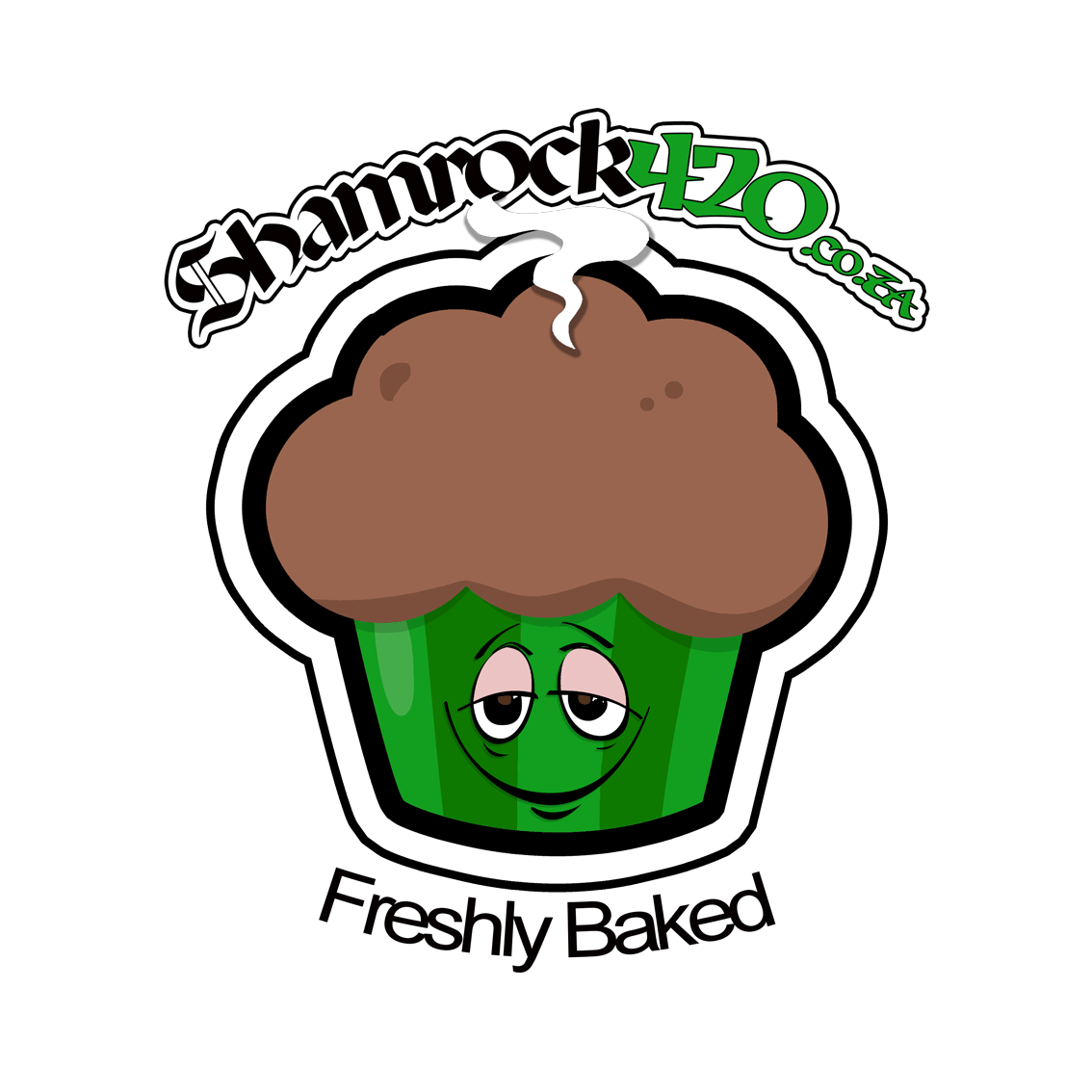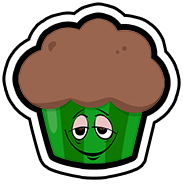The Beginner’s Guide to Edibles
Edibles are a tricky business. If you’ve never eaten your way to a high before, you may be a little wary, even if you’ve smoked many a joint. Edibles, as the ‘kids’ these days say, hit differently.
You’ve likely heard the “I ate too much of a tasty, chocolatey edible and freaked the eff out” stories, whether from friends or family members…
Truth is, as more and more countries are legalizing the selling of cannabis, proper dosing labeling is a major issue, but it’s getting better. Most sellers do not provide advice on how much to eat; things are changing for us in the Canna Business.
Whether you’re planning to be a pot tourist, or are a retail-state resident turning over a new leaf for fun (or to address a medical concern), using edibles doesn’t need to be scary, or feel like a roll of the dice.
What exactly are edibles?
Edibles are THC-infused food products in some shape or form, such as baked goods, gummies, or chocolates. You get four categories of edibles: sativa-only, indica-only, hybrid (a mix of sativa and indica), and pure CBD.
The right edible dose varies between individuals
Every person has a unique internal physiologic environment and can therefore experience different results with various medications. One person’s response to a dose of edible cannabis can vary significantly from the next, even more so than other medications or herbs. Why?
Several factors are involved, including previous history of cannabis use, gastrointestinal factors, and the function/sensitivity of one’s endocannabinoid system. Approximately 3% of my people are ultra-sensitive to THC and do well with very low doses (e.g., 1 mg).

How many mg of edibles should you eat?
The ideal edibles dose depends on a lot of things, including tolerance, individual body chemistry, and the experience you’re looking for. But there are some basic guidelines that can help you find the right dose of marijuana edibles, which are measured in milligrams (mg).
1 – 2.5 mg THC edibles
Effects include: Mild relief of symptoms like pain, stress, and anxiety; increased focus and creativity.
Good for: First-time consumers or regular consumers looking to microdose.
2,5 – 15 mg THC edibles
Effects include: Stronger relief of pain and anxiety symptoms; euphoria; impaired coordination and perception.
Good for: Standard recreational use; persistent symptoms not addressed by smaller doses; people looking for a good night’s sleep.
30 – 50 mg THC edibles
Effects include: Strong euphoric effects; significantly impaired coordination and perception.
Good for: High tolerance THC consumers; consumers whose GI systems don’t absorb cannabinoids well.
50 – 100 mg THC edibles
Effects include: Seriously impaired coordination and perception; possible unpleasant side effects including nausea, pain, and increased heart rate.
Good for: Experienced, high-tolerance THC consumers; patients living with inflammatory disorders, cancer, and other serious conditions.
More tips for consuming cannabis-infused edibles
If you don’t feel any effects from an edible after one hour, try eating a snack like an organic apple to turn on the digestion and absorption in your gut.
Some people who are new to cannabis require 2-3 doses before they feel anything at all, so it’s often best to try the same low dose three times with 8 to 24 hours between trials before increasing the dose.
I’ve infrequently met people who seem unable to absorb any significant amount of THC through the gut. In these individuals, absorption via the oral blood vessels (i.e., under your tongue) or the lungs is the best option.
What’s the difference between sativa and indica?
The terms describe two primary strains of cannabis. Think of sativa and indica as high and stoned [respectively]. Sativa is more functional, uplifting, and energetic. It’s a ‘head high,’ more creative and goofball inducing.
That ‘in the couch’ is a great way to remember the effects of indica. People taking indica edibles definitely tend to be a bit more relaxed and sedated. It’s more of a body high.”
Let’s also take a moment to explain CBD, which is increasingly popular, THC-free, and widely available. A cannabis plant compound and one of the top most commonly occurring cannabinoids (along with THC), CBD is popular because it offers potential medical benefits in a non-psychoactive product—in other words, it will make you feel good physically, but won’t get you high.

